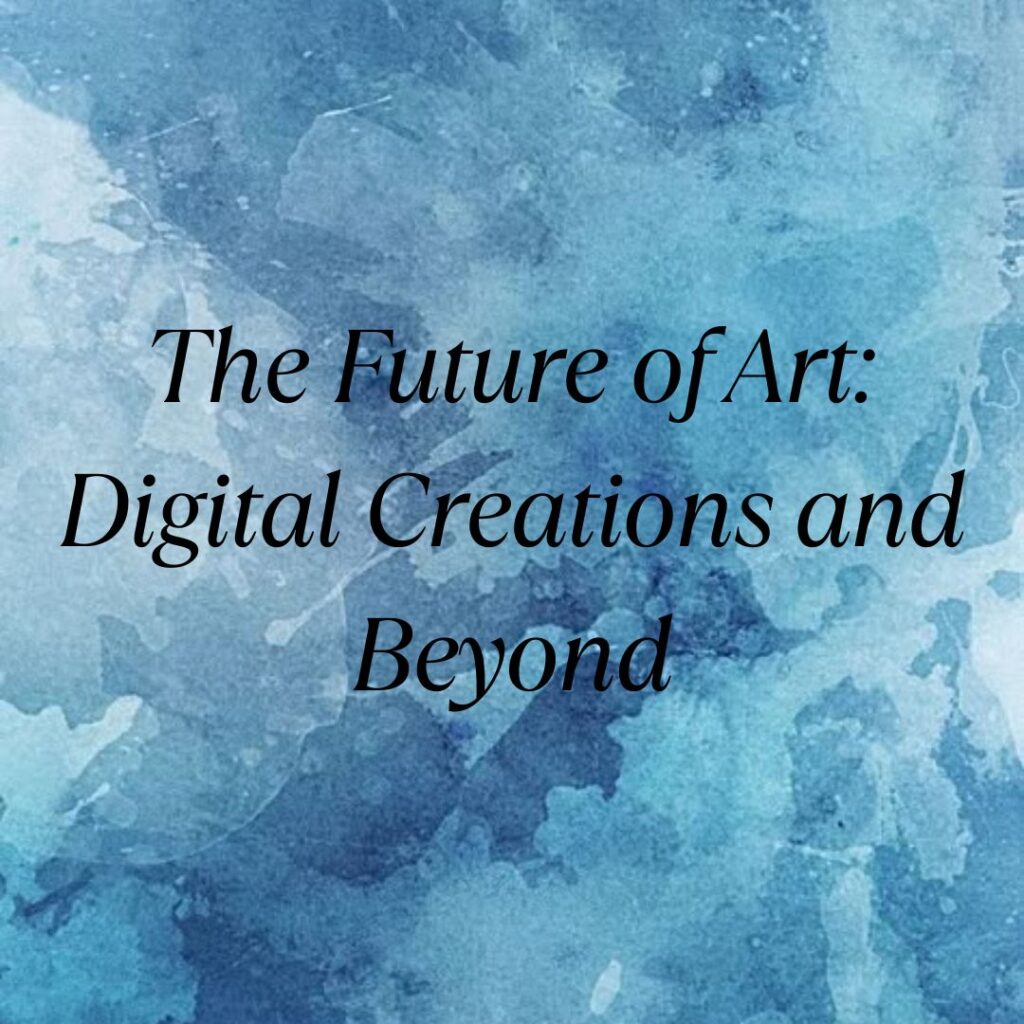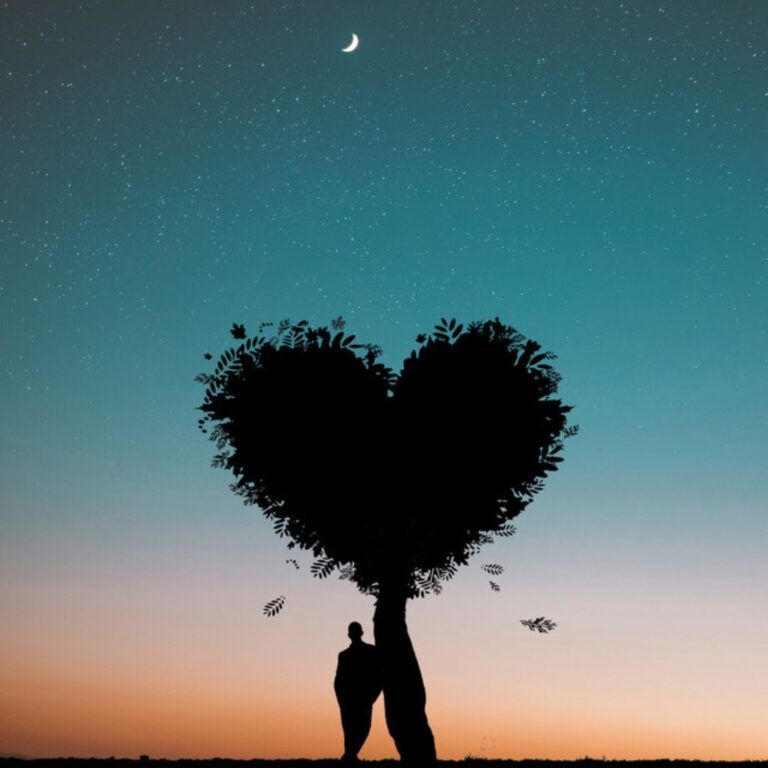In the rapidly evolving landscape of art, digital creations have taken center stage, pushing boundaries and redefining what art means in the modern world. As we move further into the 21st century, the fusion of technology and creativity is paving the way for unprecedented innovation and expression. Welcome to Riya’s Blogs, where we delve into the exciting realm of digital art and explore its future possibilities. Visit us at Riya’s Blogs for more insights and discussions on contemporary topics.
The Evolution of Digital Art
Digital art is not a new phenomenon, but its growth and evolution have been exponential in recent years. From simple pixel art and rudimentary graphics, we have moved to highly sophisticated 3D modeling, virtual reality (VR) experiences, and artificial intelligence (AI)-generated artworks. The journey from traditional to digital mediums has been marked by technological advancements that have expanded the artist’s toolkit, offering new ways to create, share, and experience art.
Early Beginnings
The origins of digital art can be traced back to the 1960s and 1970s, when artists began experimenting with computers as a medium for artistic expression. Early pioneers like Frieder Nake and Harold Cohen used algorithms and computer code to generate abstract compositions, laying the groundwork for future developments.
The Digital Revolution
The advent of personal computers and graphic design software in the 1980s and 1990s brought digital art into the mainstream. Programs like Adobe Photoshop and Illustrator revolutionized the way artists worked, allowing for greater precision and creative freedom. This era also saw the rise of digital photography and the manipulation of images, further blurring the lines between traditional and digital art forms.
Contemporary Innovations
Today, digital art encompasses a wide range of practices and techniques. From digital painting and 3D modeling to virtual reality installations and AI-generated art, the possibilities are virtually limitless. Artists like Beeple, who made headlines with his record-breaking NFT sale, and Ai-Da, the world’s first AI robot artist, exemplify the cutting-edge nature of contemporary digital art.
The Role of Technology in Digital Art
Technology plays a crucial role in the creation and dissemination of digital art. The following are some key technological advancements that are shaping the future of this dynamic field.
Virtual Reality and Augmented Reality
Virtual reality (VR) and augmented reality (AR) are transforming the way we experience art. VR immerses viewers in a completely digital environment, allowing them to interact with art in new and exciting ways. AR, on the other hand, overlays digital elements onto the real world, creating a blended experience. These technologies are being used by artists to create immersive installations and interactive experiences that challenge traditional notions of art.
Artificial Intelligence
Artificial intelligence (AI) is becoming an increasingly important tool for artists. AI algorithms can analyze vast amounts of data to create unique compositions, generate realistic images, and even mimic the styles of famous artists. AI-generated art raises interesting questions about creativity and authorship, pushing the boundaries of what is considered “human” art.
Blockchain and NFTs
Blockchain technology and non-fungible tokens (NFTs) have revolutionized the way digital art is bought, sold, and owned. NFTs provide a way to authenticate and prove ownership of digital artworks, creating a new market for digital artists. This technology has opened up new revenue streams and opportunities for artists, while also raising important discussions about value and scarcity in the digital age.
The Impact of Digital Art on Traditional Art Forms
The rise of digital art has had a profound impact on traditional art forms. While some purists may argue that digital art lacks the “soul” of traditional mediums, others see it as a natural evolution of artistic expression. Here are some ways in which digital art is influencing traditional practices.
Hybrid Art Forms
Many contemporary artists are blending traditional and digital techniques to create hybrid works. For example, an artist might start with a hand-drawn sketch, scan it into a computer, and then use digital tools to enhance and manipulate the image. This fusion of old and new methods allows for greater experimentation and innovation.
Expanded Accessibility
Digital art has made art more accessible to a wider audience. With the internet, artists can share their work with people around the world, bypassing traditional gatekeepers like galleries and museums. This democratization of art has given rise to a more diverse and inclusive art world, where voices that were previously marginalized can now be heard.
New Aesthetic Paradigms
The aesthetics of digital art are distinct from those of traditional art forms. The use of pixels, algorithms, and digital manipulation creates a visual language that is unique to the medium. As digital art continues to evolve, it is likely that new aesthetic paradigms will emerge, challenging our perceptions of beauty and artistic value.
The Future of Digital Art
The future of digital art is bright and full of potential. As technology continues to advance, new tools and platforms will emerge, offering even more possibilities for artistic expression. Here are some trends and predictions for the future of digital art.
Increased Interactivity
Future digital art will likely be more interactive, with viewers playing a more active role in the creation and experience of the artwork. This could involve everything from VR experiences that respond to the viewer’s movements to AI-driven installations that change based on audience input.
Greater Integration with Everyday Life
As digital art becomes more prevalent, it will likely be integrated into our everyday lives in new and unexpected ways. We may see digital art installations in public spaces, interactive displays in homes, and even wearable art that responds to our movements and emotions.
Continued Exploration of AI and Machine Learning
AI and machine learning will continue to be a major focus in digital art. Artists will explore new ways to collaborate with intelligent systems, pushing the boundaries of what is possible. This will lead to the creation of more sophisticated and complex artworks that challenge our understanding of creativity and intelligence.
Sustainable Practices
As concerns about the environmental impact of technology grow, digital artists will increasingly seek out sustainable practices. This could involve using energy-efficient tools, creating art that raises awareness about environmental issues, and finding ways to reduce the carbon footprint of digital art production.
Conclusion
The future of art is undoubtedly digital, and the possibilities are as vast as they are exciting. As we continue to explore the intersection of technology and creativity, we will discover new ways to express ourselves and connect with others through art. At Riya’s Blogs, we are committed to exploring these trends and sharing insights on the ever-evolving world of digital art. Join us on this journey as we look forward to a future where art and technology come together to create something truly extraordinary.







